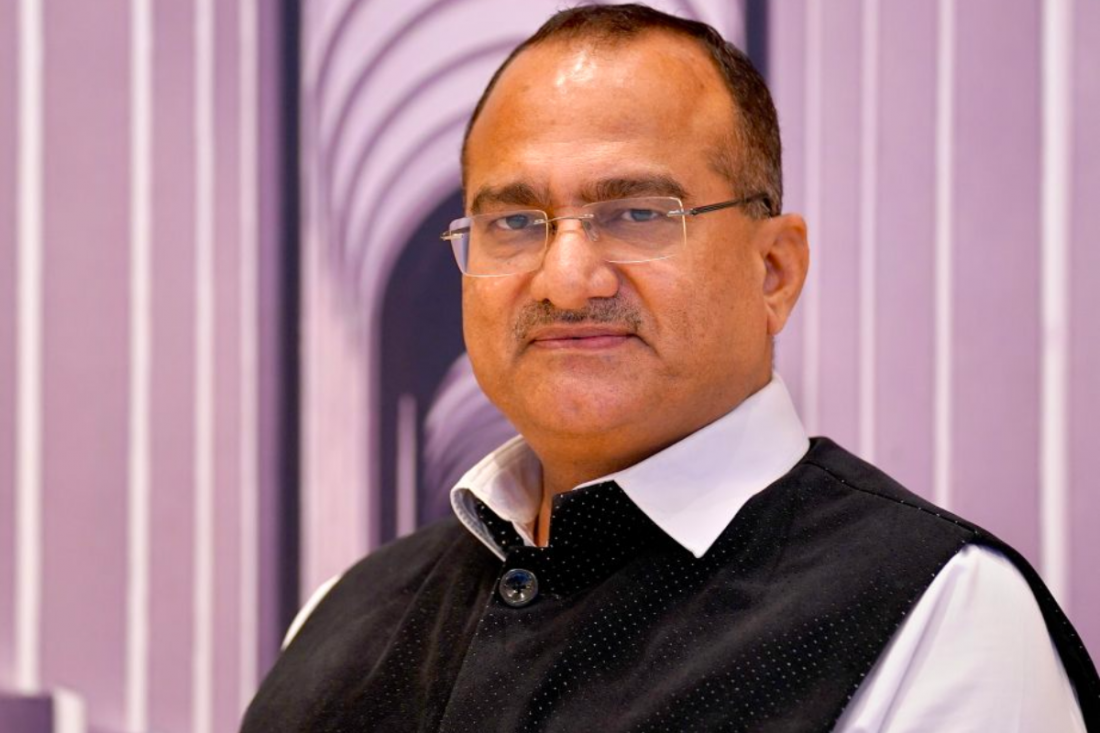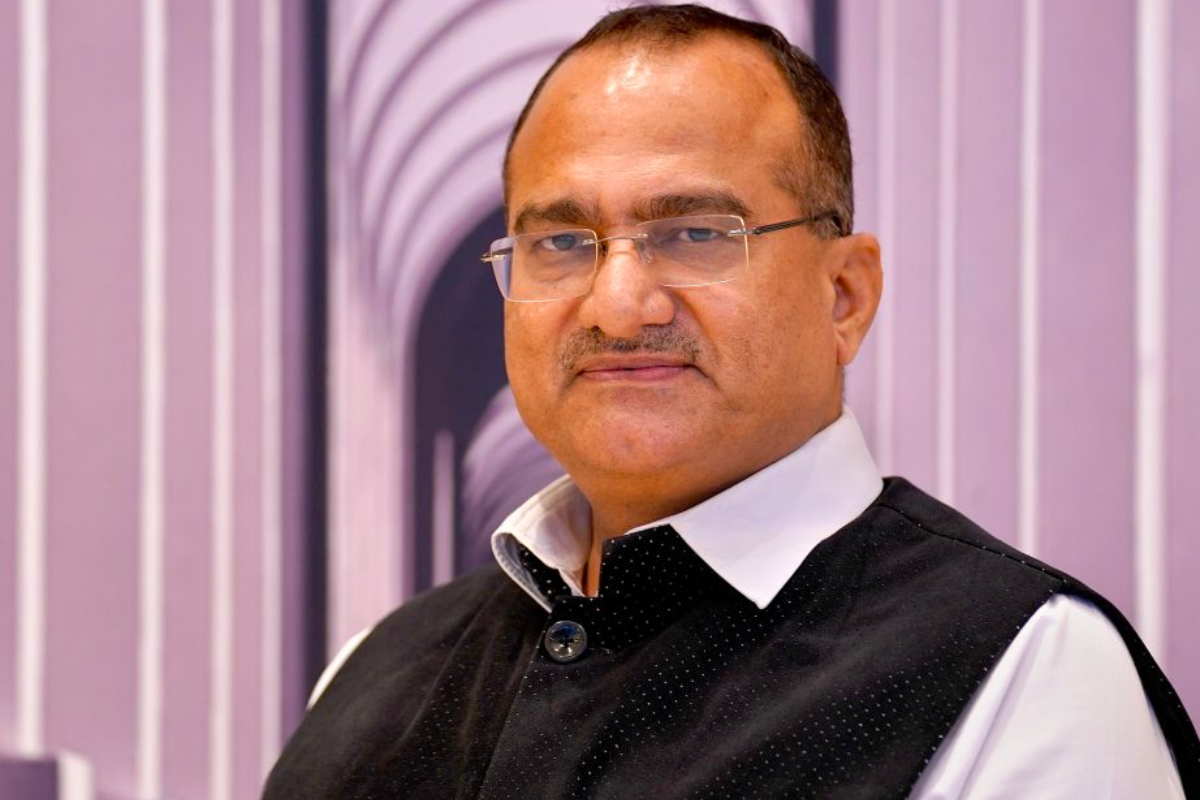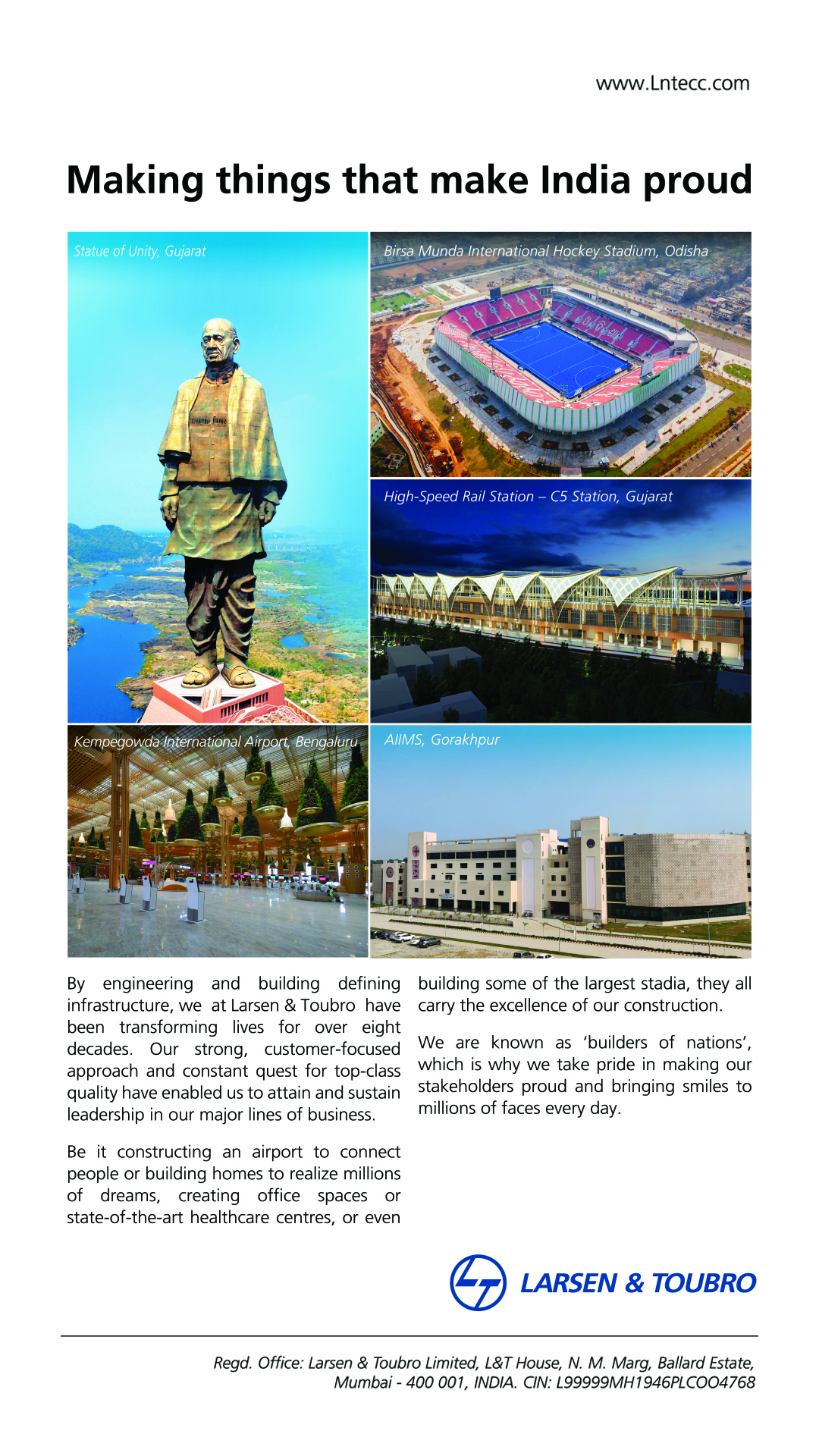The most populous city in what is now the world’s most populous country, Mumbai has become a national hub in more ways than one.
With India’s aviation market heralded as one of the fastest growing in the world, it stands to reason that the Maharashtra capital has an important role to play in the industry’s future.
The city’s Chhatrapati Shivaji Maharaj International Airport maintained a steady monthly average of 3.66 million passengers during the 2022–2023 financial year, with an annual passenger handling capacity of 55 million, second only to Delhi.
With that figure set to continue rising, additional capacity is required, and fast. It comes as a relief that, finally, Navi Mumbai International Airport looks set to become a reality by the end of 2024, with Adani Group now in control of the project and BVJK Sharma steering it forward as CEO.
History in the Making
The airport was first conceived in 1997 as an extension of Chhatrapati Shivaji Maharaj International Airport. However, the tender process didn’t commence until 2018, with ground broken at the selected site in August 2021.
The project involved extensive pre-development work, which included the cutting of Ulwe mountain down to ground level, the removal of 3,070 structures in the project area of the proposed airport, and the relocation of more than 5,000 families.
The project really gathered momentum when the Adani Group acquired a 74 percent stake, taking over GVK Group’s 50.5 percent share and a 23.5 percent holding from ACSA Global and Bid Services Division (Mauritius).
“Prior to August 2021, there were still about 45 fortified temples inside, about 227 structures and about 20 percent of the land was occupied by people,” Sharma tells The CEO Magazine.
“Although we started our work in August 2021, all the structures got cleared by June 2022 and we are now trying our best to achieve a commercial operation by December 2024.”
The first phase will handle 20 million passengers per annum.
Positive Outlook
Despite the long, drawn out nature of the airport saga, Sharma is confident that the end is in sight and that the prospects are bright.
“As always, in India we are blessed that demand is ahead of supply, so doing businesses is not very difficult,” he says.
“We are very bullish because demand is growing, and by 2038 we expect the demand of the Mumbai Metropolitan Region to go up to 180 million passengers.”
“The next terminal would have capacity of 30 million, which will be ready by 2028, giving us a capacity of at least 50 million passengers.
“Then in subsequent phases, in the next 15 years, we’ll have a capacity of 90 million passengers and almost two-and-a-half million [metric] tons of cargo capacity.”
Preparations Started
Creating supply and interfacing with bureaucracy are the main challenges, according to Sharma.
“The airport business is a regulated business, so there will be a continuous licensing procedure dealing with the government and ensuring that the best safety and passenger experiences are offered,” Sharma says.
To enable this, it is imperative to build strong relationships with some of the most reputable suppliers in the industry, such as engineering conglomerate Larsen & Toubro, the Schindler Group for vertical and horizontal transport systems, NCC for miscellaneous buildings, cargo and fuel farms, intra-logistics systems manufacturer Beumer India and Shenzhen CIMC-TianDa Airport Support for passenger boarding bridges.
Ensuring connectivity around the airport is also crucial. What happens around the airport is just as important as what takes place inside, he explains.
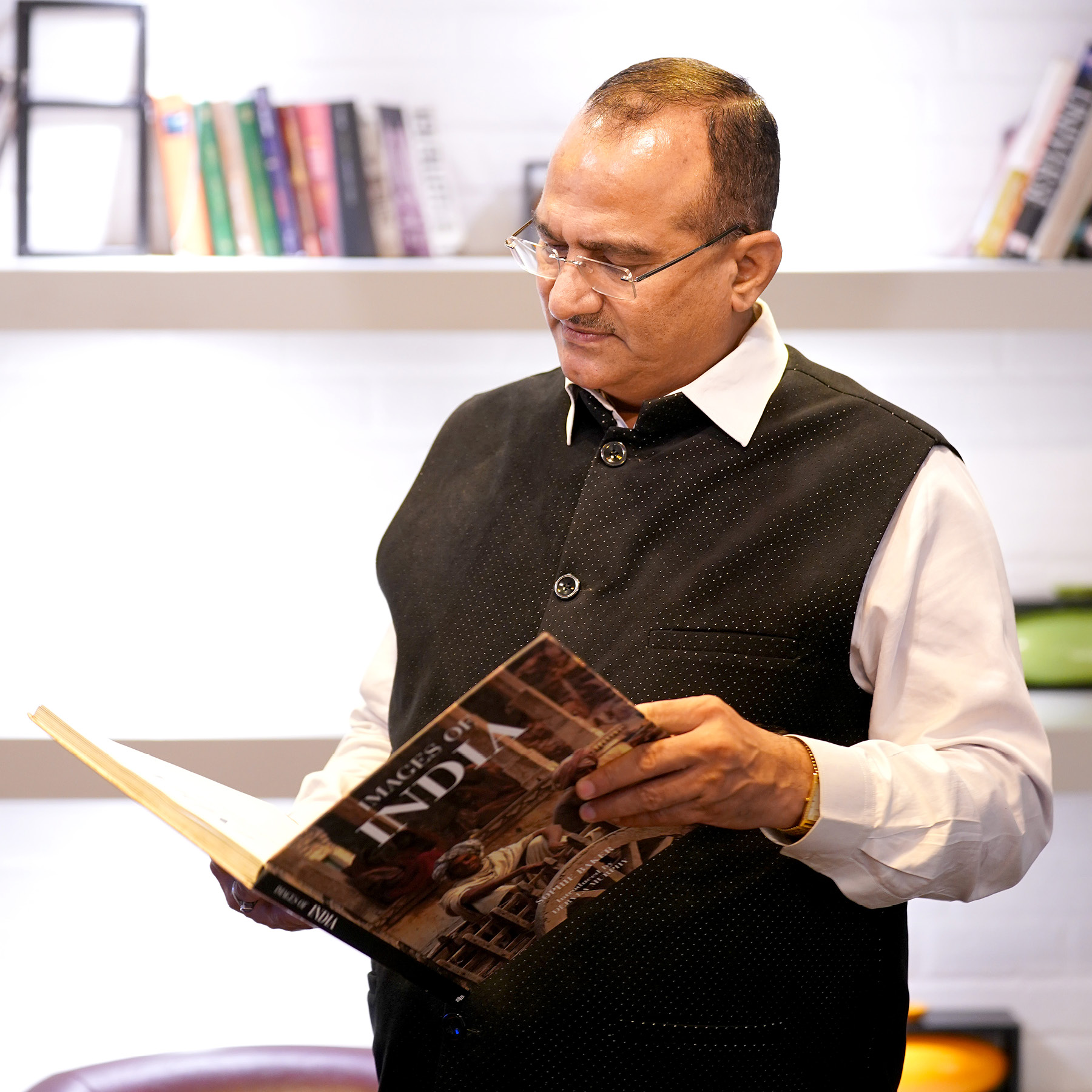
“We are very bullish because demand is growing, and by 2038 we expect the demand of the Mumbai Metropolitan Region to go up to 180 million passengers.”
“We have to work with the government, state and central government, to ensure connectivity,” he stresses.
The project is banking its hopes on rail, road and water connectivity to ensure smooth passenger movement to the airport from the Mumbai Metropolitan Region.
The existing Sion Panvel Highway, Palm Beach Road, Amra Marg (NH348 A) and NH548 currently provide connectivity to the project. Other planning and developmental agencies are handling the support infrastructure and connectivity-related projects.
The Mumbai Trans Harbour Link (MTHL) is expected to be operational by the end of this year and will facilitate connectivity from South Mumbai to Navi Mumbai. The MTHL is planned to connect with the project seamlessly through the planned Ulwe Coastal Road and Airport Link road by CIDCO.
Along with these projects, signal-free, high-speed, last mile connectivity to the airport is planned through a combination of ramps and loops at the entry of the airport.
Furthermore, the construction work of metro rail connectivity is in full swing. Along with Metro Line 2B from D N Nagar to Mandale, Metro Line 8 connecting Mumbai and Navi Mumbai International Airport is planned and will have a station in Mankhurd.
Stations of Line 2B and Line 8 will be integrated at Mankhurd using a pedestrian walkway, increasing the overall catchment of metro users travelling to the airport.
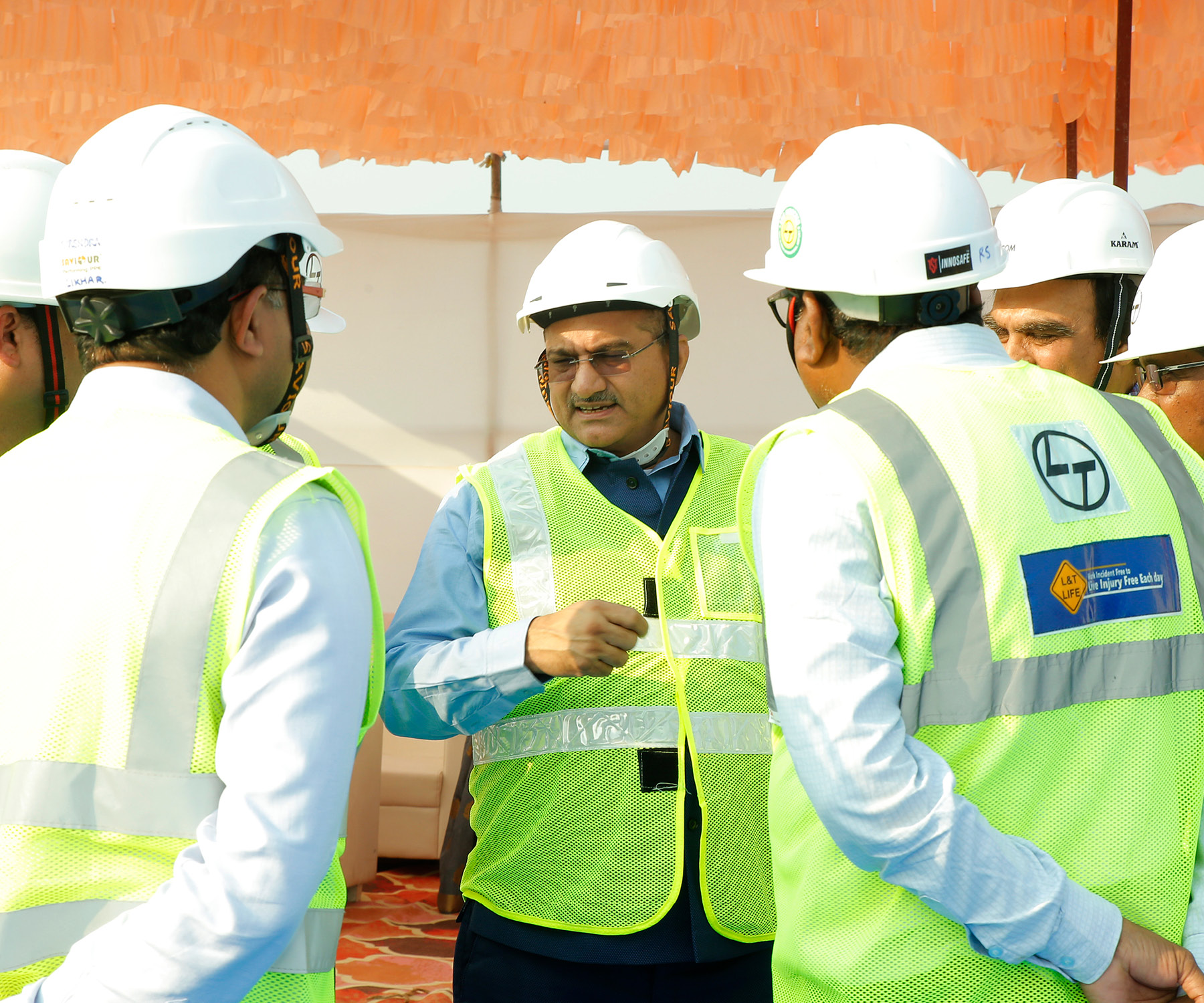
“The licensing procedure of operational readiness and actual licensing toward the end is the litmus test.”
“We are also engaging with the authorities to facilitate water transport from Radio Club in South Mumbai to Panvel Creek,” he says.
Within the airport, it is planned to connect all four terminals through Automated People Movers (APMs) so that passengers can check in at any terminal.
“APMs also ensure that the vehicular movement is minimized, and mass rapid transit gets greater preference through the metros coming in straight into the airport from both the east and west side,” he says.
The new 35 kilometer Airport Express Line metro will connect Chhatrapati Shivaji Maharaj International Airport with the new airport. Meanwhile, the opening of the Trans Harbour Link connecting Mumbai and Navi Mumbai is expected by the end of the year.
“I have to complete within the given budget, time and cost without compromising the quality, and then the licensing procedure of operational readiness and actual licensing toward the end is the litmus test,” Sharma adds.
Skill development of the people employed at the new airport is another area of focus, with a dedicated team in place to ensure the necessary talent is available.
Leadership Stance
His impressive track record in project delivery is part of the reason he was selected for the role, with experience running shipping, steel and cement companies and building seaports, road and railway systems.
He refers to Indian icon and cricket great Sachin Tendulkar as a great example of the ideal approach to such a project. “One has to be like him. You get paid for the batting,” he explains.
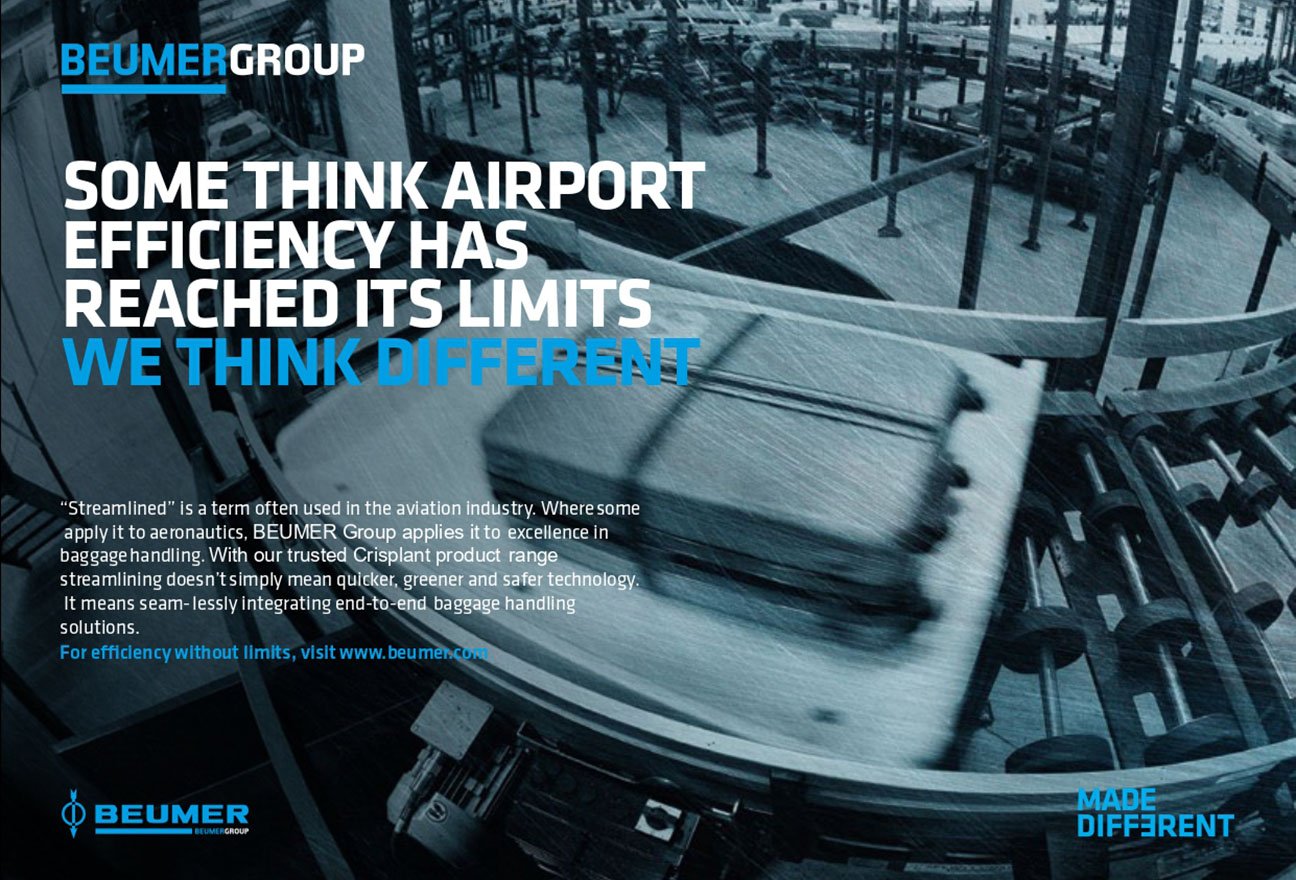
Advertisement
Sharma is confidently wielding that symbolic cricket bat as the airport project gathers momentum.
“We have an excellent team for both project execution and operations, so we are very confident that we’ll be able to immediately switch over to operations very smoothly,” he says. “We are in touch with all the major airlines and engaging with them. We are also reaching out to cargo companies.”
A Bright Future
With Indian aviation set to soar, Sharma says Navi Mumbai International Airport will play a significant role in driving that growth.
“With regional airlines coming up and connecting with international airlines, there will be at least four or five hubs in India,” he says. “Delhi and Mumbai will be the major hubs, but there will be more hubs on the horizon and the future for airlines, airport operators and all the supporting vendors and suppliers is bright. It’s a very high ceiling.”
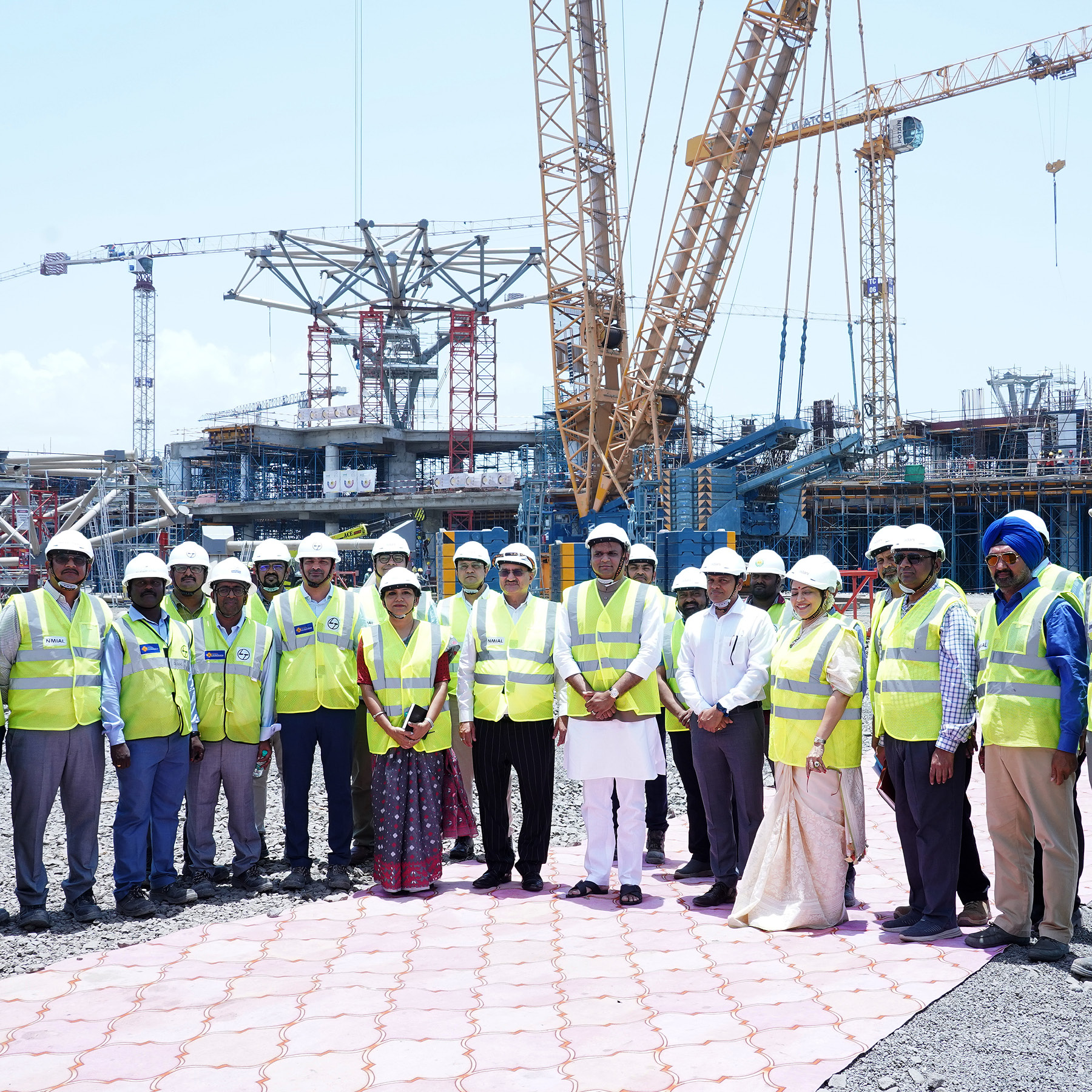
“The future for airlines, airport operators and all the supporting vendors and suppliers is bright.”
In Sharma’s view, the spillover effects of the aviation boost for India cannot be understated either. With such great potential all around, the outlook is incredibly positive, he says.
“People should look at India with a very clear view of the demographic dividend, the growth of the Indian middle class and the background of the global drive for sustainability and digitization.”

